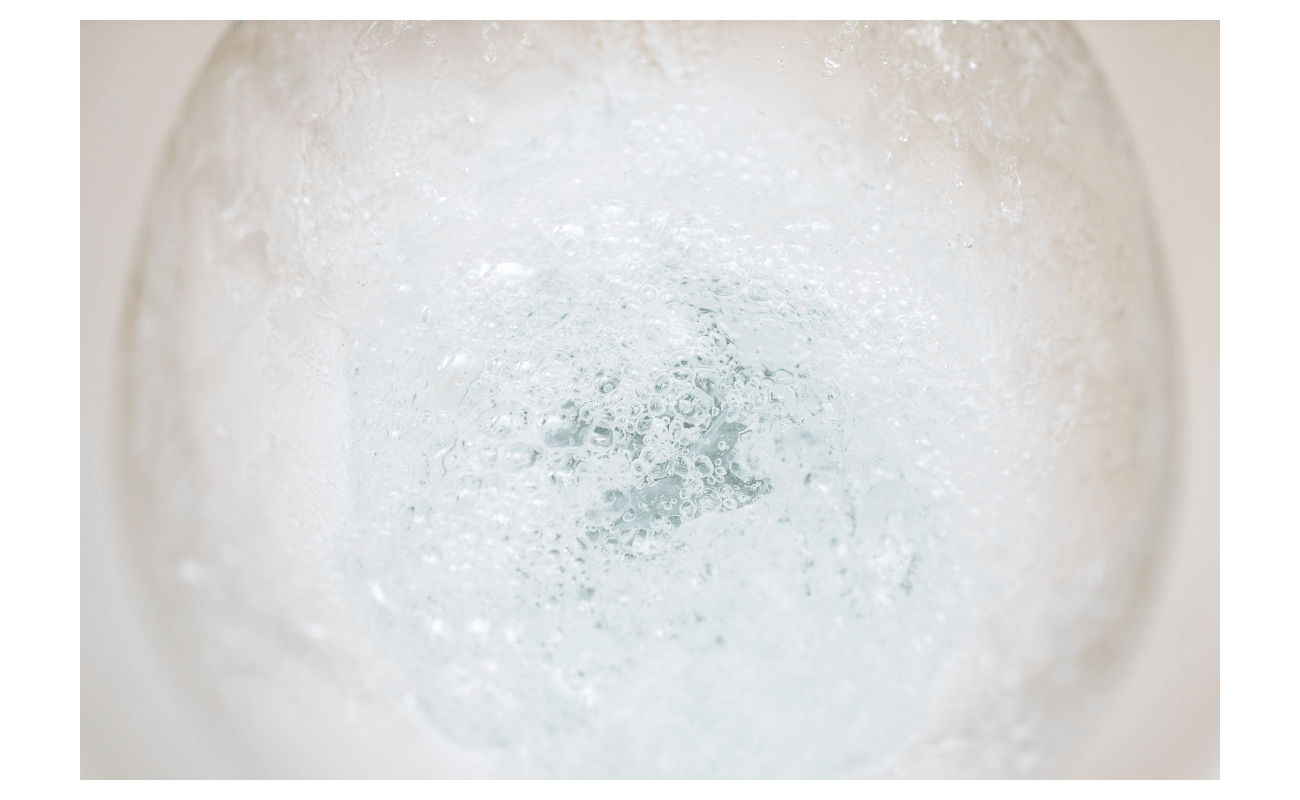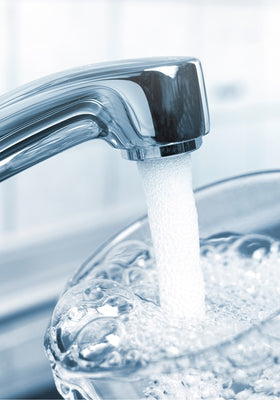
How Often Should you Flush your Water Softener?
Ever wonder if your water softener is secretly hoarding salt like a dragon with treasure? Regular flushing keeps it running smoothly! Most last 10–15 years, but neglect shortens that. Maintenance & Performance matter—clogged tanks and salt bridges spell trouble. Stick around for simple steps to keep your softener in top shape!
What is a Brine Tank?
A brine tank is the heart of your water softener, responsible for keeping your water free from pesky minerals like calcium and magnesium. It stores salt and water, forming a brine solution that helps flush out hard water deposits. Without it, your softener is just a fancy tank of water doing absolutely nothing useful. Think of it as the fuel station for your water softener—without regular maintenance, it simply won’t run efficiently.
Why Clean the Brine Tank?
If you’ve ever noticed your water softener struggling to do its job, the brine tank could be the culprit. Over time, salt residue and other gunk build up, clogging the system and stopping it from working properly. Regular cleaning keeps everything running smoothly, preventing problems like salt bridges, sludge, and mysterious discoloured water. Neglect it, and you might find yourself with water that’s as hard as a rock—literally!
Signs Your Brine Tank Needs Cleaning
Salt Bridges
Ever noticed your salt sitting there like a stubborn lump, refusing to dissolve? That’s a salt bridge. It creates a hard crust that stops water from absorbing the salt properly, making your softener pretty much useless. If you poke the salt and it feels solid, it’s time for a clean-up.
Sludge and Sediment
Sludge sounds unpleasant, and trust me—it is. Over time, dirt and sediment collect at the bottom of the tank, turning into a thick, grimy mess. This can clog up the system, reducing its efficiency and causing major headaches down the line.
Discoloured Water
If your water starts looking a bit dodgy—brownish, murky, or just not as clean as usual—your brine tank could be contaminated. A dirty tank means dirty water, and nobody wants that. A thorough clean can bring your water quality back to its best.
How Often to Clean the Brine Tank
The answer isn’t one-size-fits-all. Most tanks need a good clean every 6 to 12 months, but it depends on a few factors. If you use a lot of water, expect to clean it more often. Cheap salt? That brings in more impurities, meaning more frequent cleaning. Your softener type also matters—some need extra TLC, so always check the manufacturer’s recommendations.
Step-by-Step Cleaning Guide
Tools and Materials Needed
You don’t need anything fancy—just a pair of rubber gloves, a bucket, a soft brush, some mild detergent, and maybe a wet/dry vacuum if you’re feeling professional.
Emptying the Brine Tank
Start by unplugging your water softener. Scoop out any remaining salt, then drain the leftover brine solution. If you see any solid salt chunks, break them up gently.
Removing Salt and Debris
Use a brush to scrub away any stubborn salt build-up. If you spot a salt bridge, break it up carefully to allow water to flow properly again.
Cleaning the Tank Interior
Mix some warm water with mild detergent and give the inside of the tank a good scrub. Rinse it thoroughly to remove any lingering residue.
Refilling and Resetting
Once your tank is clean, add fresh, high-quality salt and refill with water up to the recommended level. Reconnect the system, and you’re back in business!
Maintenance Tips for a Clean Brine Tank
Using High-Quality Salt
Not all salt is created equal. High-purity salt reduces impurities and prevents annoying build-up. It’s worth spending a little extra to save yourself time and hassle later.
Regular Inspections
A quick monthly check can save you a world of trouble. Look for any build-up, sludge, or salt bridges before they become a bigger problem.
Preventing Salt Bridges
Give the salt a stir now and then to keep it from clumping together. If you live in a humid area, this is especially important—moisture can cause salt to form solid chunks.
Troubleshooting Common Brine Tank Issues
Water in the Brine Tank
Too much water could mean a clogged drain or a faulty float. If you notice excess water, check these first.
Sluggish Regeneration
If your system isn’t softening properly, it could be due to blockages or incorrect settings. A quick check can prevent long-term damage.
Foul Odours
A bad smell coming from your softener? That’s usually bacteria build-up in the brine tank. A deep clean should sort it out.
Benefits of a Clean Brine Tank
Improved Water Softener Efficiency
A clean tank means a properly functioning system. No clogs, no inefficiency—just consistently soft water.
Extended Water Softener Lifespan
Regular maintenance prevents costly repairs and extends the life of your softener. Look after it, and it’ll last years longer.
Better Water Quality
Keeping the tank clean means fresher, better-quality water. Your skin, appliances, and plumbing will all thank you.
By staying on top of maintenance, you’ll keep your water softener running smoothly for years. A little effort now saves you from big problems later—so don’t let your brine tank become an overlooked mess!
More Water Softener info we think you'll love
- Maintaining Your Water Softener: Tips for Optimal Performance
- When to Refill a Water Softener
- Water Softener Cleaner: Everything You Need to Know
- What Water Pellets Do I Need? Get the Answer Here
- What Water Softener Salt Should I Use? A Complete Guide
- What is the Life Expectancy of a Water Softener?
- Can you Shower When your Water Softener is Regenerating?
- Will Turning Off My Water Softener Cause Damage? The Essential Guide
- How to Flush Water Softener Resin Out of Pipes? A Step-by-Step Guide
- The Easiest Way to Clean Resin Out of a Pipe-A Step-by-Step Guide
- Can You Rinse Resin Dow the Drain? The Hidden Dangers & Safe Disposal Methods



Leave a comment